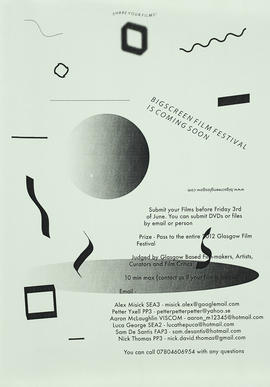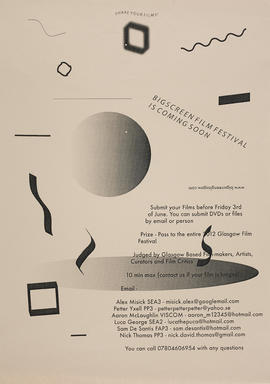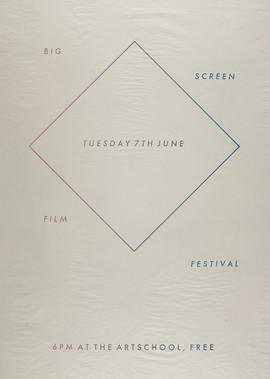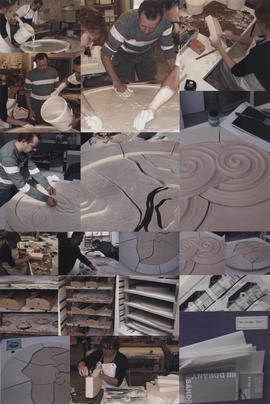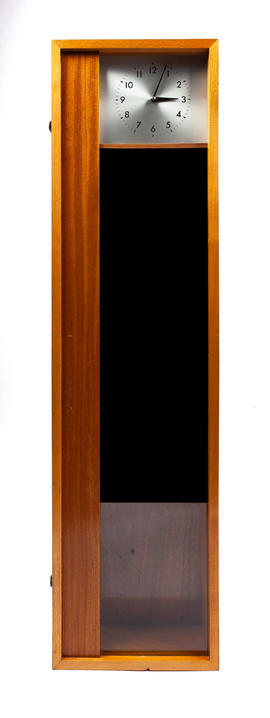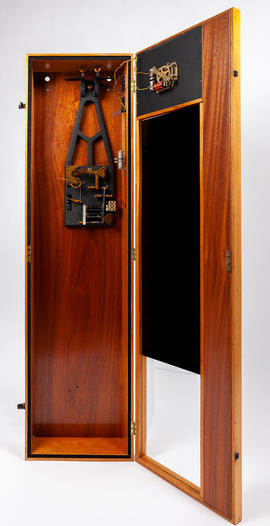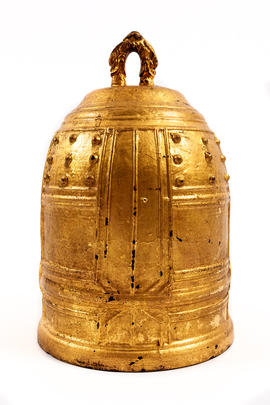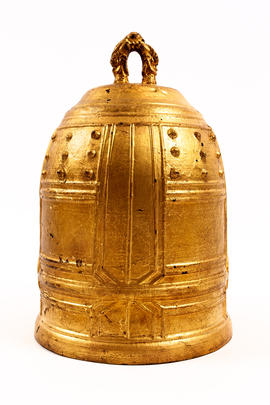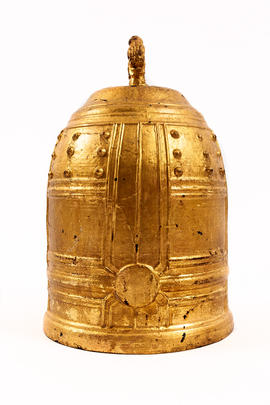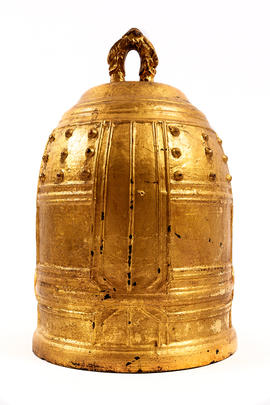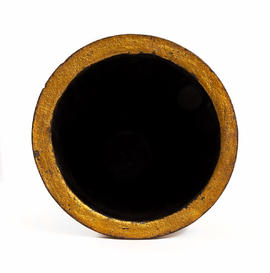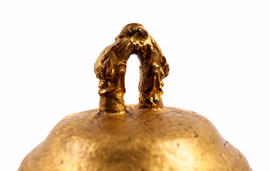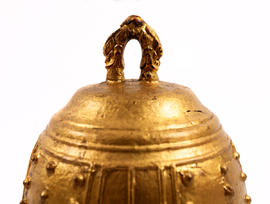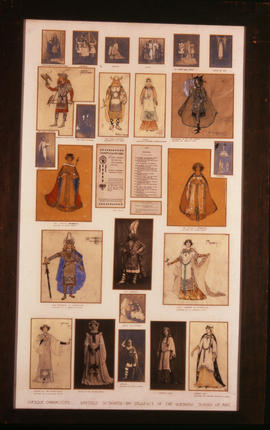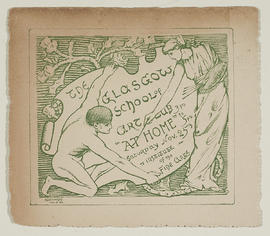Artworks, primarily on paper.
Includes GSA student work such as sketchbooks and loose sketches, collages and textile samples.
Fraser Taylor student sketches and collages for various student projects experimenting with media. Collages of preparatory designs for printed textiles of various media including layers of tissue papers, glassine paper, foam pieces, tracing paper with crayon, inks, dyes and mono print. Textile samples of figure studies with gouache paint, ink and collage areas in various medium. Designs for printed textiles in acrylic and pen on paper with areas of collage. Sketches of landscape and figure studies, pencil, charcoal, chalk, crayon, glue, acrylic and watercolour on paper. With hand written titles, dates and notes. 44 sheets various dimensions varying from 296 x 210 mm to 740 x 555 mm. Some mounted on card. The items are very fragile with
some collage elements, flaking of the friable media such as gouache and acrylic paints.
Some of this material was damaged in the fire in GSA's Mackintosh Building on 23rd May 2014. Paper conservation took place in 2018. Textile conservation was completed in 2019.


